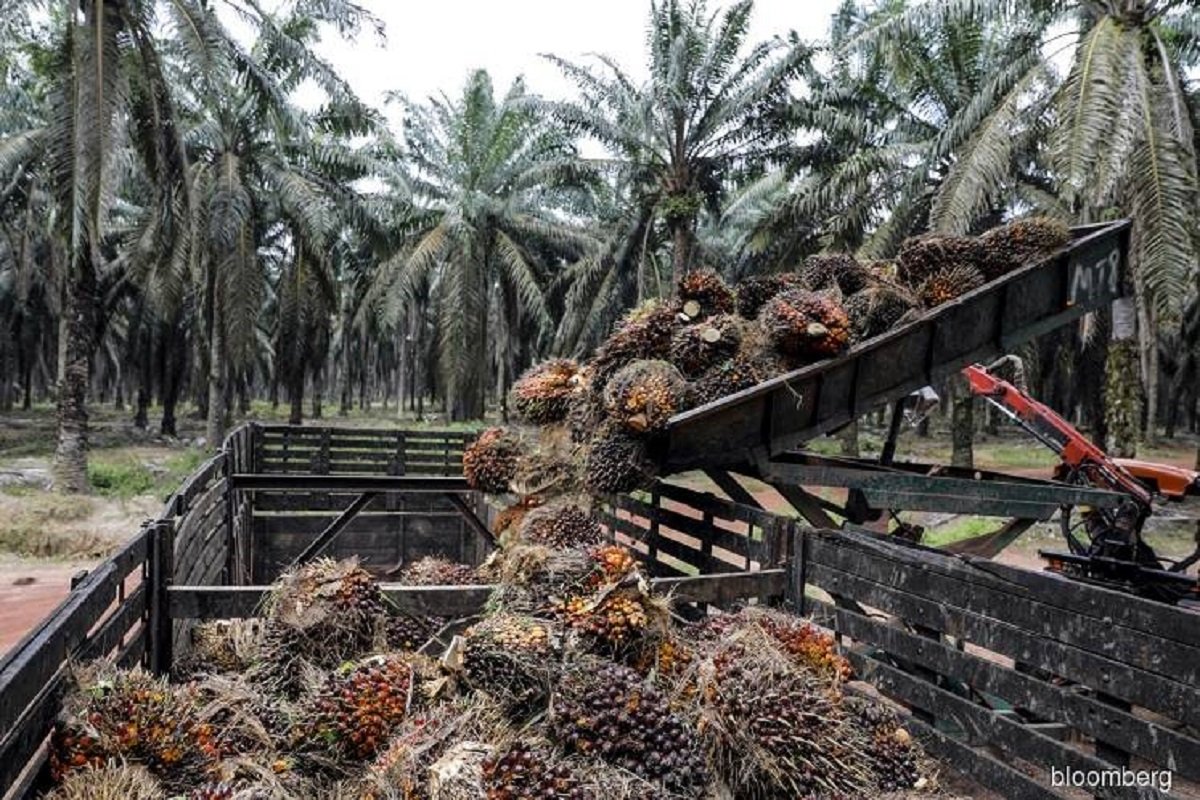Hot, dry weather cuts palm oil yields in Malaysia’s top producing state

Palm oil estates in Sabah, Malaysia’s largest producing state of the commodity, are experiencing water stress from early signs of El Niño, cutting yields and exacerbating the impact of under-fertilising and labour shortages seen over the past three years.
Malaysia, the world’s second largest palm oil producer, is expecting a weak to moderate El Niño to hit from June to November, with a forecast for lower rainfall and temperatures rising between 0.5 degrees Celsius to 1.0 degrees Celsius.
“Due to the weather concerns, we have revised our yield forecast lower and are looking at a 10%-15% decline in 2023 yields,” said Mark Adrian, a senior manager with a mid-sized plantation firm in Sabah.
Planters across Sabah said the weight of harvested palm fruit has shrunk between 10% to 30% after hot weather since February, and expect the upcoming high crop season of July-September to also be affected.
“My trees are suffering. My crops are getting smaller in size, my palms are showing signs of water stress,” said Fabian Lim, an estate manager in Sabah.
“Most of my crop weight in May shrunk to 20kg per bunch, compared to the year average of 22kg per bunch,” Lim said.
Sabah, on Borneo island, accounts for 27% of Malaysia’s oil palm planted area. Production in Malaysia has been stagnant over the past four years despite growing demand for the world’s cheapest edible oil.
Planters are bracing for another year of tight supply, partly due to a lack of fertilising after the coronavirus pandemic and as the Russia-Ukraine conflict inflated costs.
El Niño will worsen the impact of under-fertilising and threatens to hammer yields in 2023 and 2024, industry players and officials say, which would prop up prices of the world’s cheapest edible oil and heighten concerns over food inflation.
High temperatures also increase the risk of outbreaks of leaf-eating nettle caterpillars and bagworm, while dry soil hinders fertiliser-hungry palm trees from absorbing nutrients.
“Hence, the trees have less to eat and drink,” said Lim, who is scheduling his fertiliser programme around rain forecasts and has doubled the frequency of monitoring to ensure there is no outbreak of leaf-eating pests in the estate.
Adrian, the other estate manager, said he is mitigating soil moisture loss by using empty palm fruit bunches as mulch between rows of palm trees.
He said the bigger concern, however, is a long-standing shortage of workers for harvesting.
A pandemic-induced severe labour crunch in migrant-reliant Malaysia started to ease this year after the government relaxed hiring restrictions, but many plantations are still facing a shortfall of manpower ahead of the main July-September harvest.
Read also
Wheat in Southern Brazil Impacted by Dry Weather and Frosts
Oilseed Industry. Leaders and Strategies in the Times of a Great Change
Black Sea & Danube Region: Oilseed and Vegoil Markets Within Ongoing Transfor...
Serbia. The drought will cause extremely high losses for farmers this year
2023/24 Safrinha Corn in Brazil 91% Harvested
Write to us
Our manager will contact you soon



